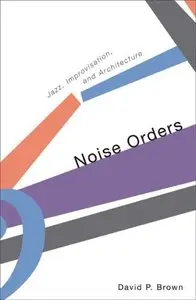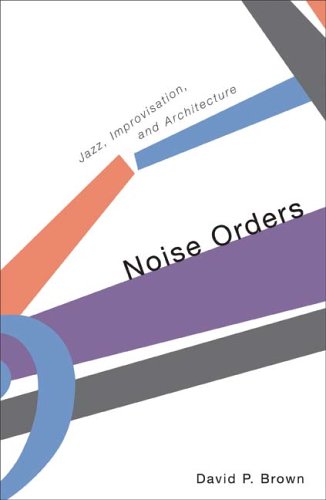David P. Brown, "Noise Orders: Jazz, Improvisation, and Architecture"
English | 2006 | ISBN: 0816643512, 0816643504 | PDF | pages: 193 | 10,3 mb
English | 2006 | ISBN: 0816643512, 0816643504 | PDF | pages: 193 | 10,3 mb
In this lively book, David Brown locates jazz music within the broad aesthetic, political, and theoretical upheavals of our time, asserting that modern architecture and urbanism in particular can be strongly influenced and defined by the ways that improvisation is facilitated in jazz.
Improvised music consists of diverse properties that fail to register in the object-oriented understanding of composition. As a result, it is often dismissed as noise—an interfering signal. However, Brown asserts, such interference can bear meaning and stimulate change. Noise Orders identifies how architecture can respond to the inclusive dynamics of extemporaneous movements, variable conceptions of composition, multiple durations, and wide manipulation of resources found in jazz to enable outcomes that far exceed a design’s seeming potential.
By exploring overlapping moments between modernism and the cultural dimensions of jazz, Noise Orders suggests that the discipline of improvisation continues to open and redefine architectural theory and practice, creating a world where designers contribute to emerging environments rather than make predetermined ones. Comparing modern and avant-garde artists and architects with individuals and groups in jazz—including Piet Mondrian and boogie-woogie, John Cage and Rahsaan Roland Kirk, Le Corbusier and Louis Armstrong, and Ludwig Mies van der Rohe and the Association for the Advancement of Creative Musicians (AACM)—Brown examines how jazz can offer alternative design ideas and directions, be incorporated in contemporary architectural practices, and provide insight on how to develop dynamic metropolitan environments.
Interdisciplinary in its approach, innovative in its methodology, and unexpected in its conclusions, Noise Orders argues for a deeper understanding of the infinite potential inherent in both music and architecture.
My Links
No mirrors please!
No mirrors please!



